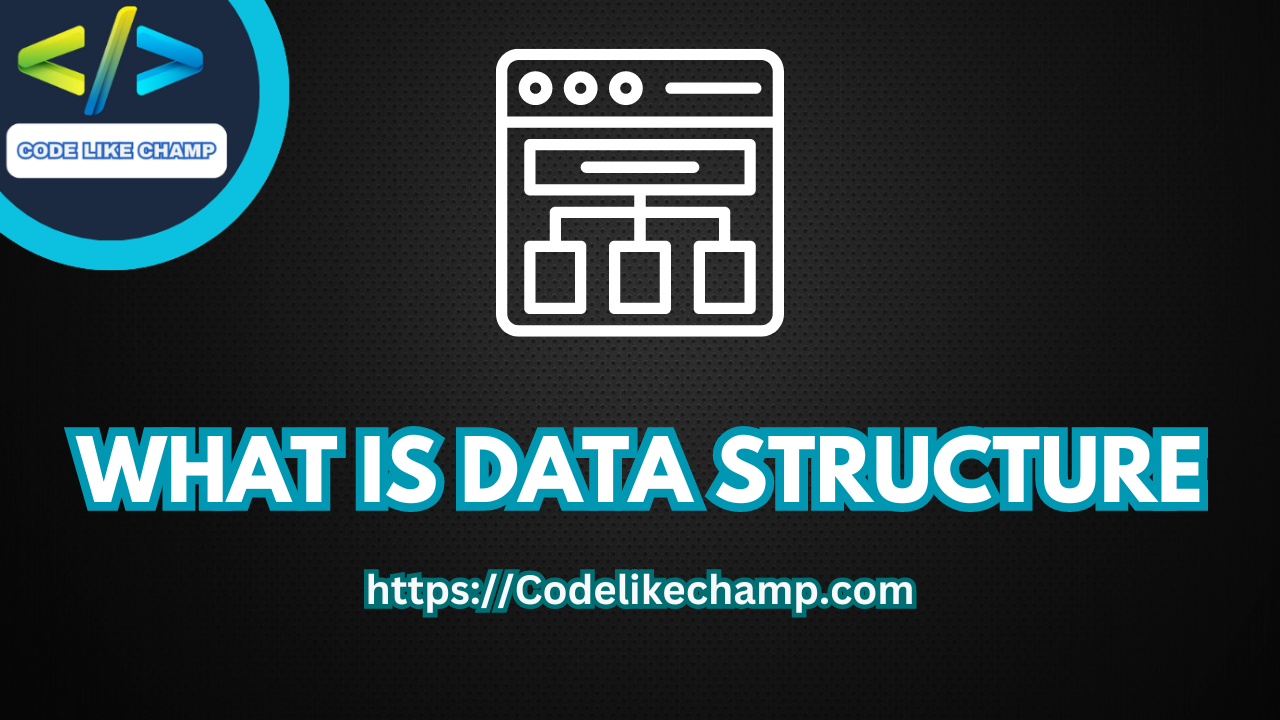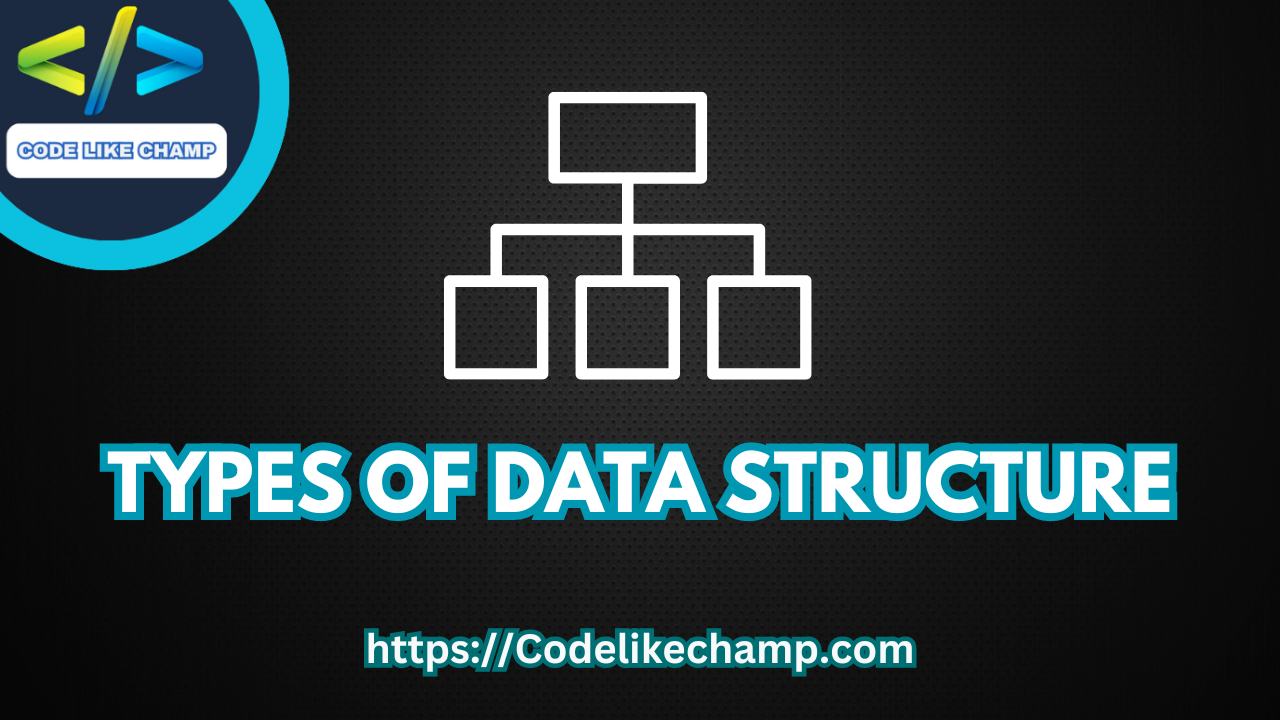Jagged Array in Data Structures
Introduction
In the realm of data structures, arrays serve as fundamental tools for organizing and manipulating data efficiently. Among the diverse array types, jagged array stand out as versatile structures offering unique advantages in certain scenarios. In this article, we delve into the intricacies of jagged arrays, exploring their definition, applications, characteristics, types, advantages, and disadvantages.
WANT TO PRO IN DATA STRUCTURE JUST VISIT THIS PAGE IT WILL BE BENEFICIAL FOR YOU –>> DATA STRUCTURE

What is a Jagged Arrays?
A jagged array, also known as an array of arrays, is a multidimensional array where each element is an array. Unlike traditional rectangular arrays where all rows have the same number of columns, jagged arrays allow different rows to have different lengths. This flexibility enables jagged arrays to efficiently represent irregularly structured data.
Why Use Jagged Arrays in Data Structures?
Jagged arrays find extensive use in scenarios where data exhibits irregular or varying dimensions. They offer a compact and efficient way to represent datasets with variable-length rows, such as matrices with differing numbers of elements per row or collections of varying-sized subarrays.
Characteristics of Jagged Arrays
- Variable row lengths: Each row in a jagged array can have a different length, allowing for flexible data representation.
- Efficient memory usage: Jagged arrays optimize memory allocation by only allocating space for the actual elements, avoiding unnecessary padding.
- Dynamic resizing: Jagged arrays can dynamically resize individual rows to accommodate new elements, providing adaptability in handling evolving datasets.
Types of Jagged Arrays
Jagged arrays can be categorized based on the type of data they contain and the dimensionality of the arrays. Common types include:
- Jagged arrays of primitive types: These jagged arrays contain elements of primitive data types such as integers, floats, or characters.
- Jagged arrays of objects: These jagged arrays store references to objects, allowing for the creation of complex data structures.
- Two-dimensional jagged arrays: Jagged arrays can have multiple dimensions, with each dimension containing arrays of varying lengths.
Advantages of Jagged Arrays
- Flexibility: Jagged arrays provide flexibility in representing irregularly structured data, making them suitable for a wide range of applications.
- Memory efficiency: By only allocating space for the actual elements, jagged arrays optimize memory usage, particularly in datasets with varying row lengths.
- Dynamic resizing: Jagged arrays allow individual rows to be resized dynamically, enabling efficient management of evolving datasets.
Disadvantages of Jagged Arrays
- Increased complexity: Working with jagged arrays can be more complex compared to traditional rectangular arrays, especially when dealing with nested structures.
- Performance overhead: Jagged arrays may incur a slight performance overhead due to the additional level of indirection required to access elements in nested arrays.
- Indexing challenges: Indexing and traversing jagged arrays may be less straightforward compared to rectangular arrays, requiring careful handling of varying row lengths.
Code Examples
Below are code snippets demonstrating the implementation of jagged arrays in various programming languages:
C#
// C# code to demonstrate jagged array
using System;
class JaggedArrayDemo
{
static void Main(string[] args)
{
int[][] jaggedArray = new int[3][];
jaggedArray[0] = new int[] { 1, 2, 3 };
jaggedArray[1] = new int[] { 4, 5 };
jaggedArray[2] = new int[] { 6, 7, 8, 9 };
Console.WriteLine("Jagged Array:");
foreach (int[] row in jaggedArray)
{
foreach (int element in row)
{
Console.Write($"{element} ");
}
Console.WriteLine();
}
}
}
Output:
Jagged Array: 1 2 3 4 5 6 7 8 9
C
#include <stdio.h>
int main() {
int jaggedArray[3][];
jaggedArray[0] = (int[]){1, 2, 3};
jaggedArray[1] = (int[]){4, 5};
jaggedArray[2] = (int[]){6, 7, 8, 9};
printf("Jagged Array:\n");
for (int i = 0; i < 3; i++) {
for (int j = 0; j < sizeof(jaggedArray[i])/sizeof(jaggedArray[i][0]); j++) {
printf("%d ", jaggedArray[i][j]);
}
printf("\n");
}
return 0;
}
Output:
Jagged Array: 1 2 3 4 5 6 7 8 9
C++
#include <iostream>
int main() {
int* jaggedArray[3];
jaggedArray[0] = new int[3]{1, 2, 3};
jaggedArray[1] = new int[2]{4, 5};
jaggedArray[2] = new int[4]{6, 7, 8, 9};
std::cout << "Jagged Array:" << std::endl;
for (int i = 0; i < 3; i++) {
for (int j = 0; j < sizeof(jaggedArray[i])/sizeof(jaggedArray[i][0]); j++) {
std::cout << jaggedArray[i][j] << " ";
}
std::cout << std::endl;
}
for (int i = 0; i < 3; i++) {
delete[] jaggedArray[i];
}
return 0;
}
Output:
Jagged Array: 1 2 3 4 5 6 7 8 9
Python
jagged_array = [[1, 2, 3], [4, 5], [6, 7, 8, 9]]
print("Jagged Array:")
for row in jagged_array:
print(*row)
Output:
Jagged Array: 1 2 3 4 5 6 7 8 9
PHP
<?php
$jaggedArray = array(
array(1, 2, 3),
array(4, 5),
array(6, 7, 8, 9)
);
echo "Jagged Array:\n";
foreach ($jaggedArray as $row) {
echo implode(" ", $row) . "\n";
}
?>
Output:
Jagged Array: 1 2 3 4 5 6 7 8 9
Java
public class JaggedArrayDemo {
public static void main(String[] args) {
int[][] jaggedArray = {
{1, 2, 3},
{4, 5},
{6, 7, 8, 9}
};
System.out.println("Jagged Array:");
for (int[] row : jaggedArray) {
for (int element : row) {
System.out.print(element + " ");
}
System.out.println();
}
}
}
Output:
Jagged Array: 1 2 3 4 5 6 7 8 9
JavaScript
let jaggedArray = [[1, 2, 3], [4, 5], [6, 7, 8, 9]];
console.log("Jagged Array:");
for (let row of jaggedArray) {
console.log(row.join(" "));
}
Output:
Jagged Array: 1 2 3 4 5 6 7 8 9
Conclusion
Jagged arrays offer a flexible and efficient approach to handling irregularly structured data in various programming languages. With their ability to accommodate variable-length rows and optimize memory usage, jagged arrays serve as indispensable tools in scenarios where traditional rectangular arrays fall short. While they may introduce some complexities and overhead, the advantages of jagged arrays in terms of flexibility and memory efficiency outweigh the drawbacks, making them a valuable asset in the toolkit of every programmer. Whether in C#, C, C++, Python, PHP, Java, or JavaScript, the versatility and effectiveness of jagged arrays empower developers to tackle diverse data structures with confidence and precision.
For more visit my website Codelikechamp.com




